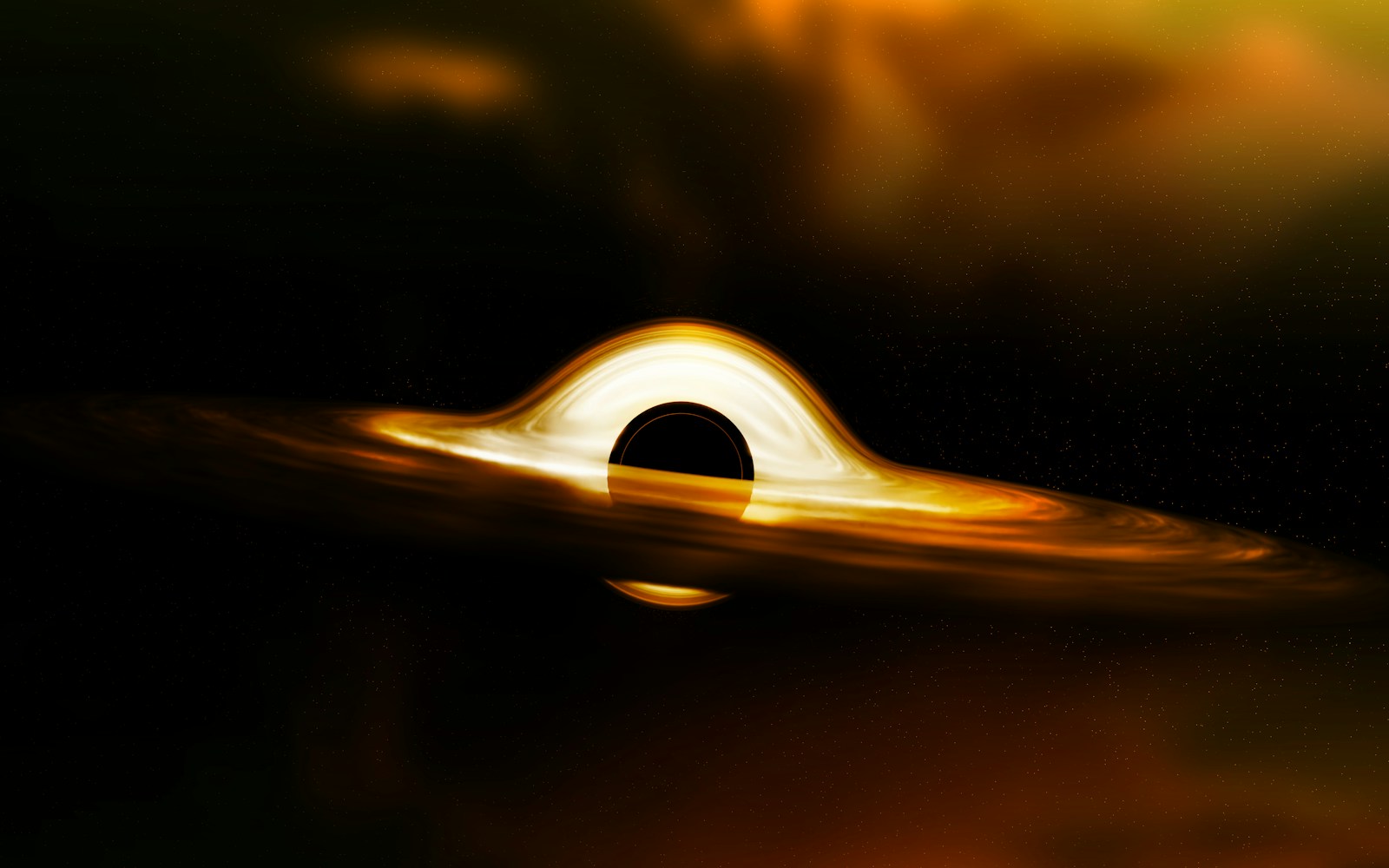
A provocative new theory suggests that the Universe may not have begun with a traditional Big Bang, but rather as a “Big Bounce” — the explosive rebound of matter collapsing into a black hole. Led by Enrique Gaztañaga of the University of Portsmouth, the study proposes that our entire observable Universe could be trapped inside the event horizon of a large black hole formed in a parent universe.
Published in Physical Review D, the research re-examines gravitational collapse, suggesting that instead of forming a singularity — an infinitely dense point — matter rebounds due to quantum mechanical effects. This bounce could explain the rapid expansion seen after the Big Bang, as well as the mysterious phenomena of inflation and dark energy, using only gravity and quantum mechanics.
Gaztañaga argues that this “Black Hole Universe” model offers a simpler explanation for cosmic expansion without requiring unknown entities like dark energy. However, the theory does not yet clarify the nature of dark matter, which remains one of cosmology’s enduring mysteries.
The model also introduces the idea of a nested Universe, where black holes could contain their own mini-universes, akin to Russian dolls. The size of the black hole would determine whether a stable cosmos could form within it. According to Gaztañaga, our existence in a large black hole might not be coincidental — only such environments could support the formation of galaxies, stars and life.
The theory relies on the quantum exclusion principle, which prevents identical particles from occupying the same state. This principle halts the collapse of matter before reaching a singularity, prompting a bounce instead. This mechanism is already known to prevent the complete collapse of white dwarfs and neutron stars.
To test the theory, astronomers are looking for specific predictions, such as a slight positive curvature of the Universe and the existence of relic black holes and neutron stars — remnants from the pre-bounce phase. These relics could leave detectable imprints on the structure of the cosmos, offering a way to validate or refute the model.
The European Space Agency’s Euclid spacecraft is currently engaged in the most precise measurement of cosmic curvature to date, with results expected by 2030. If confirmed, the Black Hole Universe theory could revolutionise our understanding of cosmic origins.